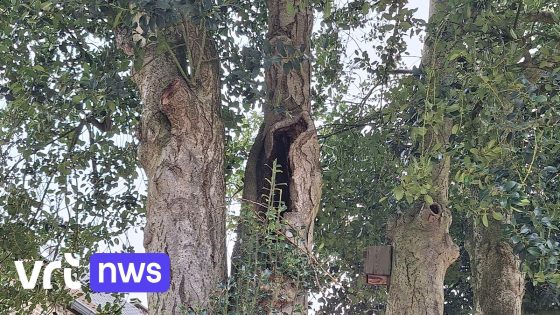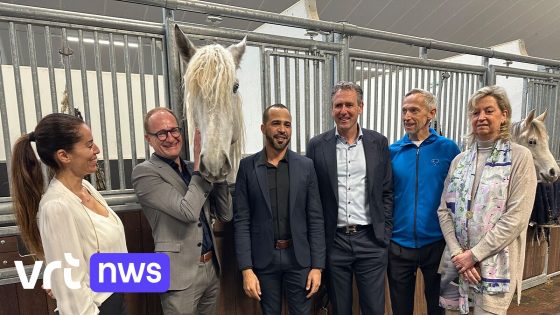In Genk, Belgium, nearly 400-year-old holly trees are captivating locals and researchers alike. On February 20, 2025, Dirk Borry shared how these majestic trees attract attention from university scientists who study their unique characteristics. Have you ever seen a tree so old that it draws people in for a hug?
- Dirk Borry has impressive old trees.
- Researchers frequently measure and study the trees.
- The trees are considered a primal form.
- A barrier keeps curious people away.
- Some visitors affectionately hug the trees.
Discover the Fascinating History of Genk’s Ancient Holly Trees
What makes these nearly 400-year-old holly trees so special? Their age alone is impressive, but they also hold significant ecological value. Researchers believe they might be an unmutated ancestral form of the species. Isn’t it amazing to think about the stories these trees could tell if they could speak?
The Role of Ancient Trees in Biodiversity Conservation
Ancient trees like those in Genk play a crucial role in maintaining biodiversity. They provide habitats for various species and contribute to local ecosystems. Here’s why protecting them matters:
- Support diverse wildlife populations.
- Act as carbon sinks, combating climate change.
- Serve as living history for educational purposes.
- Create opportunities for community engagement and tourism.
The Unique Characteristics of Genk’s Holly Trees
The holly trees in Genk are not just ordinary; their unique traits make them a subject of fascination. Researchers often visit to measure their growth and take cuttings for study. This ongoing research helps US understand plant evolution better.
Cultural Impact: Why People Love These Trees
The connection people feel with these ancient hollies is heartwarming. Locals sometimes come to hug the trees! This interaction shows how nature can foster emotional bonds within communities.
A Call to Action: Protecting Our Natural Heritage
If you’re inspired by the story of Genk’s holly trees, consider supporting local conservation efforts wherever you live. Every small action contributes to preserving our planet’s natural heritage for future generations.























![Binance Coin [BNB]: Key levels to watch as market dynamics shift](https://news.faharas.net/wp-content/uploads/2025/02/Binance-Coin-BNB-Price-Surge-Ahead-Crucial-Levels-to-Monitor.webp-230x129.webp)







